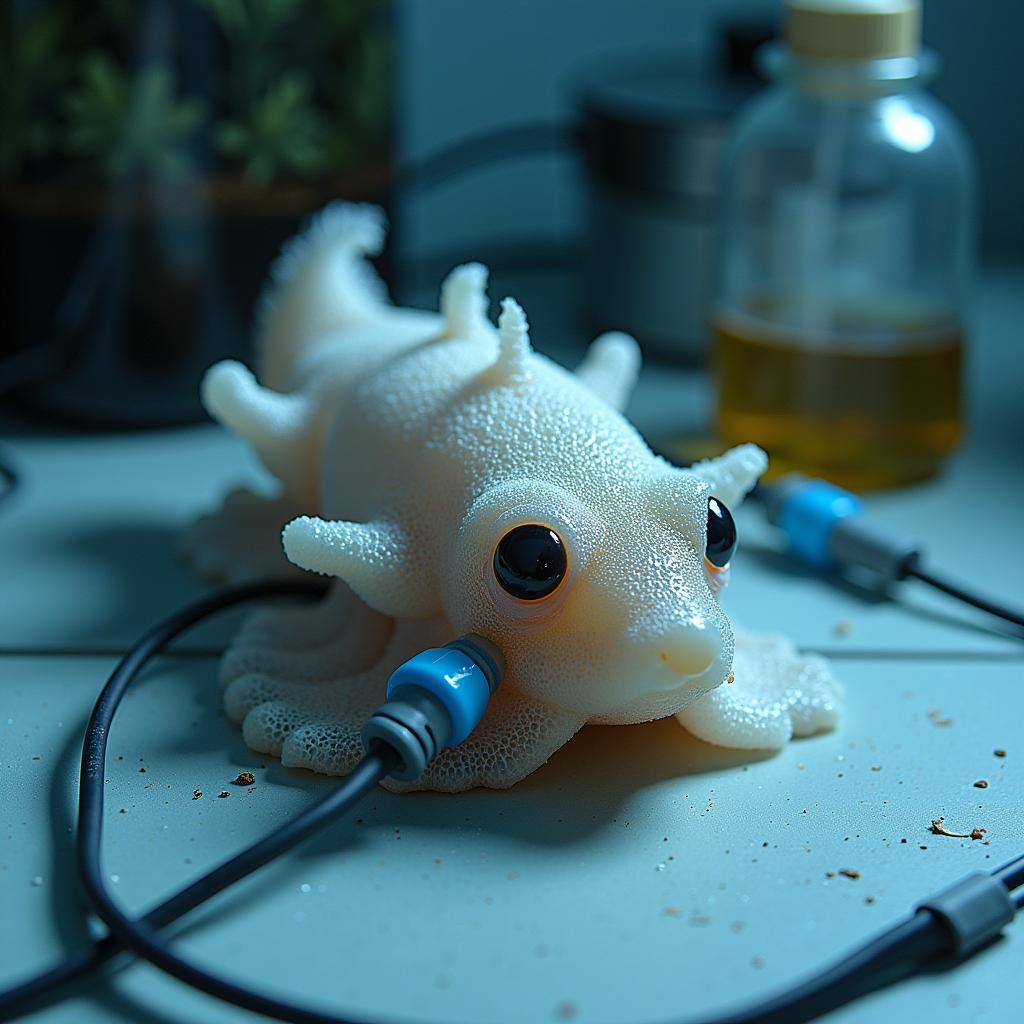Researcher Eric Kandel’s groundbreaking work with sea slugs, specifically the species Aplysia californica, revolutionized our understanding of memory and learning at the cellular level. His research, spanning several decades, unveiled the fundamental mechanisms by which experiences modify the strength of connections between neurons, a process now known as synaptic plasticity.
The Significance of Sea Slugs in Neuroscience
Kandel’s choice of the seemingly simple sea slug was far from arbitrary. These creatures possess a relatively simple nervous system with large, easily identifiable neurons. This characteristic made them ideal model organisms for studying the complex processes of learning and memory in a manageable system.
Unraveling the Mysteries of Memory: Habituation, Sensitization, and Long-Term Potentiation
Through a series of elegant experiments, Kandel and his team explored various forms of learning in Aplysia, including habituation, sensitization, and classical conditioning. Habituation, the simplest form of learning, involves a decreased response to a repeated, harmless stimulus. Sensitization, on the other hand, refers to an increased response to a variety of stimuli following exposure to a noxious stimulus.
By studying these basic forms of learning, Kandel discovered that both involved changes in the strength of synaptic connections between sensory neurons and motor neurons. He found that short-term memory, lasting minutes to hours, involved modifications to existing proteins at the synapse. Long-term memory, however, required the synthesis of new proteins and the growth of new synaptic connections.
 Eric Kandel's Sea Slug Experiment
Eric Kandel's Sea Slug Experiment
A Molecular Symphony: Unlocking the Secrets of Synaptic Plasticity
Kandel’s research delved further into the molecular mechanisms underlying these synaptic changes. His team identified key molecules, including cyclic AMP (cAMP), protein kinase A (PKA), and CREB, that play critical roles in the formation of long-term memories. These discoveries highlighted the intricate molecular cascade that translates experience into lasting changes in the brain.
From Sea Slugs to Humans: The Universal Language of Memory
While the connection between sea slugs and humans might seem distant, Kandel’s work demonstrated the remarkable evolutionary conservation of the molecular mechanisms underlying learning and memory. The fundamental principles uncovered in Aplysia provided a framework for understanding these processes in more complex nervous systems, including our own.
Kandel’s Legacy: A Foundation for Future Discoveries
Eric Kandel’s pioneering research with sea slugs earned him the Nobel Prize in Physiology or Medicine in 2000. His work not only transformed our understanding of how memories are formed but also paved the way for new avenues of research into disorders affecting learning and memory, such as Alzheimer’s disease. Kandel’s legacy continues to inspire scientists worldwide as they delve deeper into the complexities of the brain, seeking to unravel the mysteries of the human mind.
Conclusion:
Researcher Eric Kandel’s work with sea slugs revolutionized the field of neuroscience by revealing the fundamental mechanisms of learning and memory. His groundbreaking discoveries demonstrated that even the simplest of creatures hold the secrets to understanding the complexities of the human brain. As we continue to explore the vast landscape of the mind, Kandel’s legacy serves as a guiding light, reminding us that even the smallest of creatures can unlock the grandest of secrets.